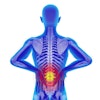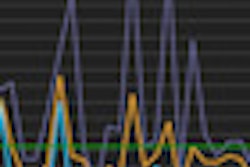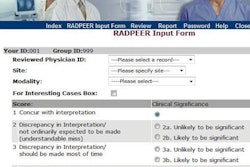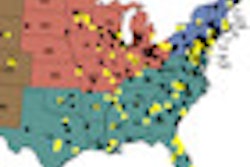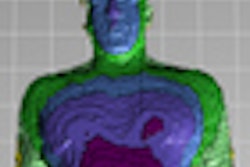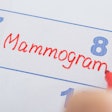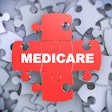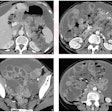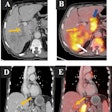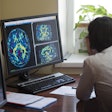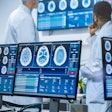Once again, this is a year focused on healthcare IT and imaging informatics at the 2012 RSNA conference. It would be an understatement to say that there are a staggering number of courses, scientific sessions, educational exhibits, and poster presentations -- even the subject of the Eugene P. Pendergrass New Horizons Lectures has an informatics slant.
Once again, this is a year focused on healthcare IT and imaging informatics at the 2012 RSNA conference. It would be an understatement to say that there are a staggering number of courses, scientific sessions, educational exhibits, and poster presentations -- even the subject of the Eugene P. Pendergrass New Horizons Lectures has an informatics slant.
The Pendergrass lectures, being presented by informatics heavyweights Dr. Keith Dreyer and Dr. Paul Chang, both focus on the value and future of imaging informatics. Dreyer will focus on the federal "meaningful use" initiative in the U.S. with a lecture entitled the "Future of Imaging Informatics: Meaningful Use and Beyond." Chang will discuss "Meaningful IT Innovation to Support the Radiology Value Proposition (Monday, November 26, 1:30 p.m.-2:45 p.m., PS20, Arie Crown Theater).
There's a lot to know about meaningful use, and four courses are dedicated to this subject. They begin with an update on Sunday afternoon, November 25 (2:00 a.m.-3:30 p.m., RC126, Room E261). Radiologists will discuss the experiences of their practices on Tuesday afternoon, November 27 (12:30 p.m.-2:00 p.m., ICII32, Room S501ABC), and attendees can learn how meaningful use rules can be modified to be more relevant to radiology on Wednesday, November 28 (12:30 p.m.-2:00 p.m., ICII42, Room S501ABC). There's even a course for radiology IT vendors about what customers demand and competitors will provide (Monday, November 26, 2:30 p.m.-4:00 p.m., ICII23, Room S501ABC).
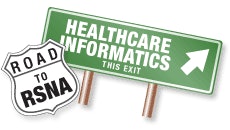
Should radiologists provide their reports directly to patients? This hot topic is addressed in a special interest section being held late Monday afternoon. Pros and cons will be discussed, as well as early experience with electronic access by patients, and medicolegal considerations regarding online access to reports. It's worth staying late for this (4:30-6:00 p.m., SPSI21, Room E450A)!
Dealing effectively with a hospital IT department is an issue that's often on the minds of radiologists, whether they like it or not. Being reprised from 2010 is an entertaining and informative refresher course offering a bevy of sound advice and tips on the most effective ways to work with an IT department (Monday, November 26, 8:30 a.m.-10:00 a.m., RC230, Room S403B).
Natural language processing (NLP) tools continue to develop, and their use is increasing. If NLP is of interest, add these courses to your agenda: extracting information from text reports to improve quality (Tuesday, November 27, 8:30 a.m.-10:00 a.m., RC326, Room S403A), and getting the most out of imaging reports with NLP (Wednesday, November 28, 12:30 p.m.-2:00 p.m., ICIW42, Room S401AB).
An update on the free RSNA library of radiology report templates is scheduled for Tuesday morning (10:30 a.m.-12:00 p.m., ICII31, Room S501ABC), followed the next afternoon with a course on Integrating the Healthcare Enterprise (IHE) solutions for structured reporting (4:30 p.m.-6:00 p.m., ICII44, Room S501ABC).
Using IT data for business analytics and quality improvements are the subject of courses as well. Business analytics to improve radiology operations, quality, and clinical performance, cosponsored by the Society for Imaging Informatics in Medicine (SIIM), will be held Tuesday afternoon (4:30 p.m.-6:00 p.m., RC426, Room S403B). On Wednesday, November 28, present (8:30 a.m.-10:00 a.m., RC526, Room E450B) and future use (10:30 a.m.-12:00 p.m., ICII41, Room S501ABC) of health IT tools with respect to quality metrics are addressed in back-to-back courses.
Finally, don't overlook the Quantitative Imaging Reading Room Showcase, now in its third year demonstrating technologies and tools of the future at Lakeside Learning Center.
To view the RSNA's listing of abstracts for this year's scientific and educational program click here.

